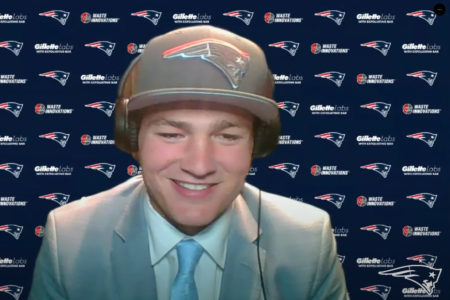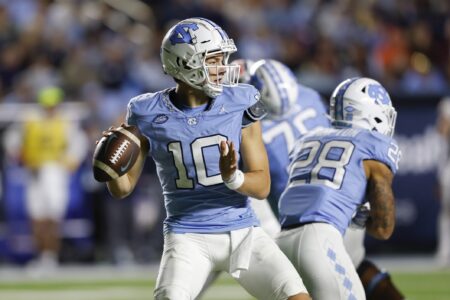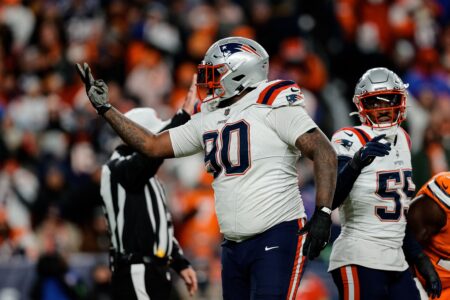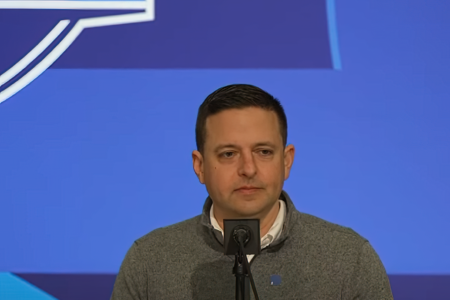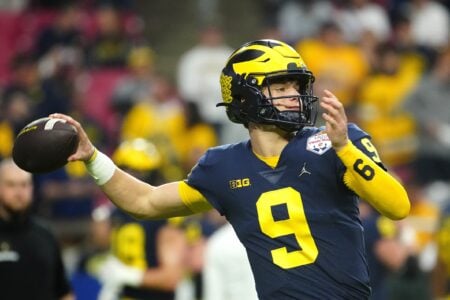It makes sense for this reason. Look at the two situations. In the former situation, Moss' scenario, the receiver is in the act of making the catch. The most important thing is establishing possession. Possession is established in a case like this at the moment you have full control of the ball. Moss never had full control of the ball, because he couldn't hold it all the way through to the ground.
In the latter case, possession has already been established. The receiver caught the pass, and is running. The back took the handoff and is running. Therefore, the act of possessing the ball and holding it over the plane of the goalline is sufficient enough for a TD. Period. Assume he doesn't go over the goalline, but is tackled and the ball becomes loose as it hits the ground. Again, possession was established and the ground cannot cause a fumble.
They are two different rules. One is in regard to establishing possession on a catch, the other is distinguishing a fumble following possession. That is why you would be confused.
100% agreed.





